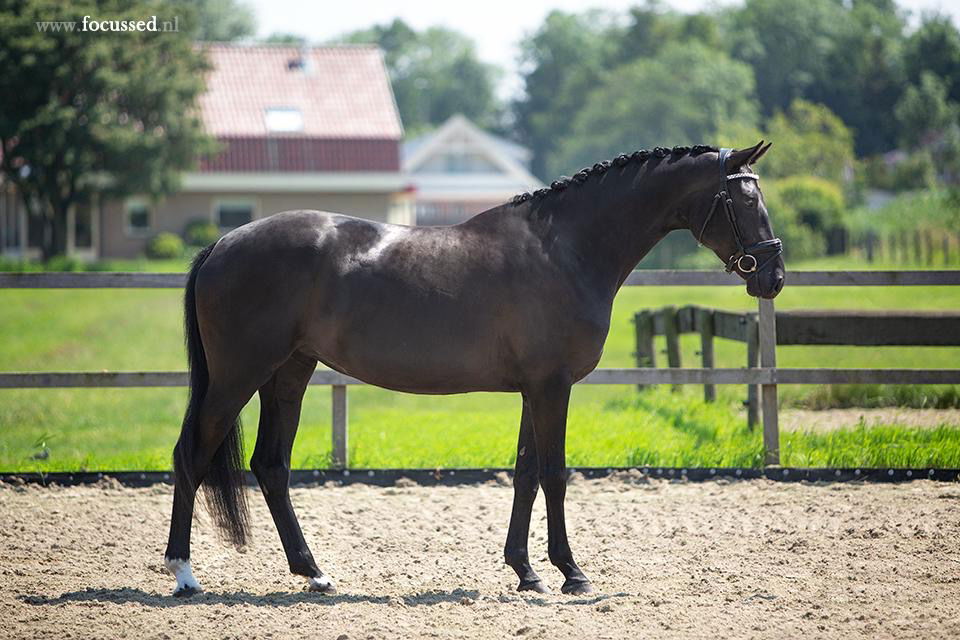The Rise of Top Quality Sport Horses in Equestrian Excellence
The Evolution of Top Quality Sport HorsesThe demand for top quality sport horses has grown significantly over the years as equestrian sports continue to gain global recognition. Historically, selective breeding played a crucial role in shaping superior equine athletes, with early civilizations refining bloodlines to enhance speed, endurance, and agility. As equestrian disciplines such as show jumping, dressage, and eventing evolved, the need for specialized breeding programs became essential.
Modern advancements in genetics and training have transformed the industry, producing top quality sport horses capable of excelling in various disciplines. Breeders focus on refining bloodlines to create horses with the perfect combination of strength, agility, and temperament. With rigorous selection processes and advanced veterinary care, today’s top quality sport horses possess unparalleled performance potential, making them sought-after assets in the competitive world of equestrian sports.

The Characteristics of Top Quality Sport Horses
Not all horses are suited for elite competition, and top quality sport horses exhibit specific traits that set them apart. Conformation, temperament, and athletic ability are key factors that define a true equine athlete. Proper conformation ensures balance, movement efficiency, and injury prevention, making it a crucial element in assessing a horse’s potential.
Equally important is temperament, as top quality sport horses require intelligence, willingness, and a strong work ethic to succeed in high-level training and competition. Horses with exceptional athletic ability demonstrate powerful movement, agility, and natural talent in their respective disciplines. Whether in show jumping, dressage, or cross-country, these horses must meet rigorous performance standards to compete at the highest levels of the sport.
The Role of Breeding in Producing Top Quality Sport Horses
Selective breeding has been a driving force behind the development of top quality sport horses. Breeders analyze pedigree, genetics, and performance history to pair stallions and mares that can produce exceptional offspring. Bloodlines play a vital role in determining a horse’s potential, with many elite competitors tracing their lineage to renowned sires and dams known for their success in sport.
Advancements in reproductive technology have further refined the breeding process, allowing for artificial insemination and embryo transfer to maximize genetic potential. With careful planning and scientific innovation, breeders continuously improve the quality of sport horses, ensuring the next generation possesses the characteristics needed for success in the competitive arena.
Training and Development of Top Quality Sport Horses
While genetics play a significant role, training is equally crucial in shaping top quality sport horses. Early handling and groundwork establish trust, discipline, and confidence, forming the foundation for a successful training program. Professional trainers employ tailored regimens that include strength-building exercises, conditioning routines, and technical drills to develop a horse’s skills in their respective discipline.
Dressage training enhances flexibility, obedience, and coordination, while show jumping focuses on precision, power, and technique. Eventing requires a versatile approach, incorporating elements of both dressage and jumping, as well as stamina-building exercises for cross-country courses. The training of top quality sport horses is a meticulous process that requires patience, expertise, and a deep understanding of equine behavior.
The Market for Top Quality Sport Horses
The market for top quality sport horses is highly competitive, with buyers seeking the best bloodlines, training, and performance records. International horse auctions, private sales, and online platforms have expanded access to high-caliber horses, allowing buyers to evaluate prospects from around the world. Prices vary based on pedigree, age, training level, and competition results, with elite horses commanding significant investment.
Sponsorship and ownership structures have also evolved, with syndicates and investors supporting the careers of top quality sport horses. Riders, trainers, and owners collaborate to develop these horses into champions, ensuring they reach their peak potential. The global nature of equestrian sports has increased the demand for well-bred, well-trained horses, making the industry a dynamic and lucrative field for breeders and competitors alike.
Conclusion
Top quality sport horses represent the pinnacle of equestrian excellence, combining superior genetics, expert training, and exceptional athleticism. As the industry continues to evolve, breeders and trainers strive to produce and develop horses that can meet the high standards of competitive equestrian sports. With advances in breeding, training methodologies, and market accessibility, the future of top quality sport horses remains promising. Whether in dressage, show jumping, or eventing, these elite athletes will continue to shape the landscape of equestrian sports, demonstrating the power, grace, and skill that define the very best in the industry.
